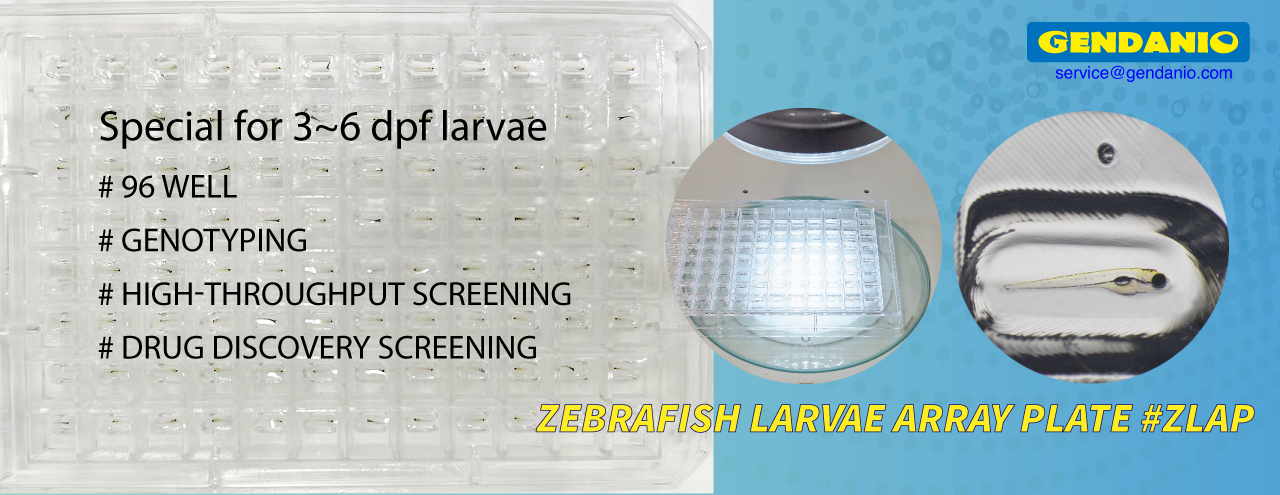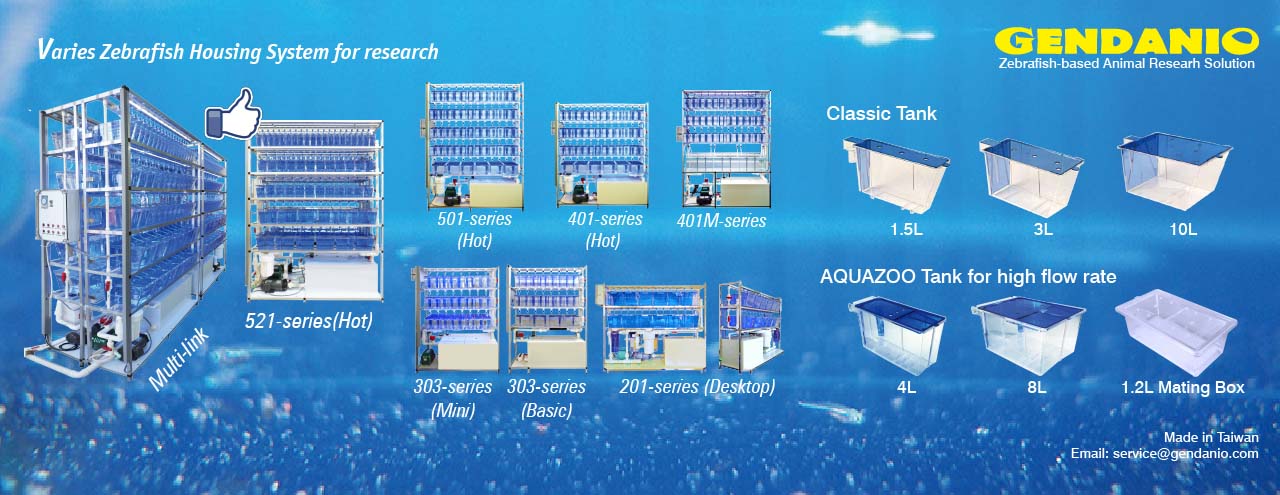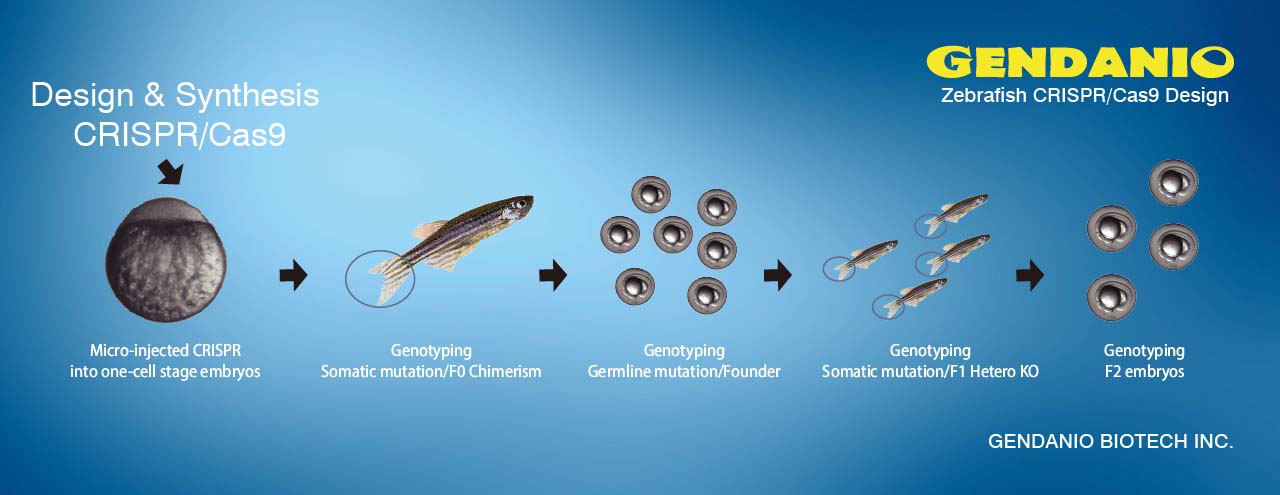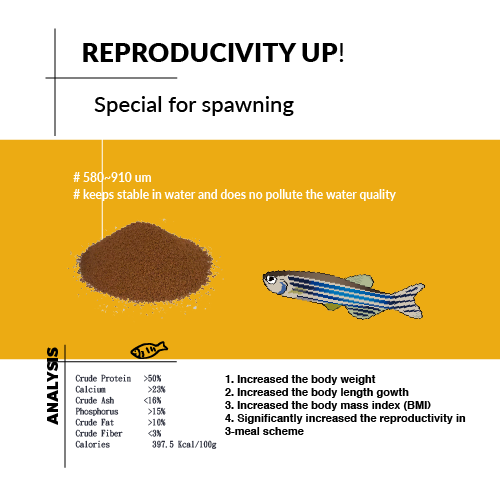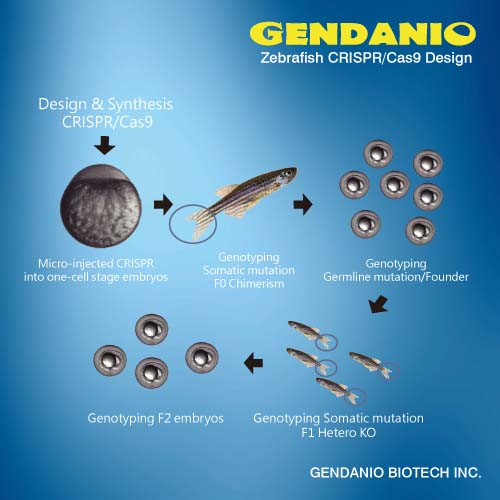Danio rerio – more commonly known as zebrafish – are small tropical fish that originate from the Ganges river. Today, they are used to study the developmental biology of vertebrates. This quick guide looks into why these fish have become so important in genetics research. By Emma James.
The zebrafish was first identified as a model organism for investigating developmental biology by Dr George
Streisinger at the University of Oregon, who began to using them to study the genetics of the vertebrate nervous system. The zebrafish became the first vertebrate to undergo large-scale genetic screening successfully.
Zebrafish are ideal research organisms as they are small and robust, and so are easy to look after in large numbers. The females regularly produce large numbers of eggs, which are fertilised externally. This means that researchers have easy access to them. The grow quickly, too: following fertilisation, they develop from a single cell to an active fish within 72 hours.
Perhaps most importantly, the embryos are transparent, so researchers can watch development as it happens. They can monitor the behaviour of single cells, trace them using dyes, and watch as they divide and form di erent parts of the body. The fish are made up of relatively few cells, which makes it easier to trace the development of individual cells. The fact that the embryos are transparent also means that researchers can use them to study integrative physiology and homeostasis which by nature need to be studied within an organism.
Zebrafish are also used to study the causes of birth defects and e ects of genes. Researchers can destroy cells or produce genetic mutations (by using chemicals, radiation or viral insertion) and then observe the characteristics that follow.
Over the past ten years, the zebrafish genome has been undergoing sequencing at the Wellcome Trust Sanger Institute. This is now over three-quarters complete, and will help to speed up the process of genetic screening once finished.
1. Zygote period (Up to 45 minutes)

This is the newly fertilised egg. Researchers can have the zygote manipulated to have only the mother’s genes, in order to study recessive mutations. They can also inject DNA or RNA to study gene function. It is around 0.7 mm wide.
2. Gastrula period (5¼–10 hours)
The cells are organised so that organs and tissues will be formed in the correct locations. Researchers can inject dye into the cells to form fate maps, which will later show which regions of the zebrafish the cells di erentiate to form.
Cell transplantation can also be performed to study the e ects of environment on cell behaviour and fate. The tail bud is now formed.
A: Shield: organises the body axes and forms prechordal plate and notochord
3. Pharyngula period (24~48 hours)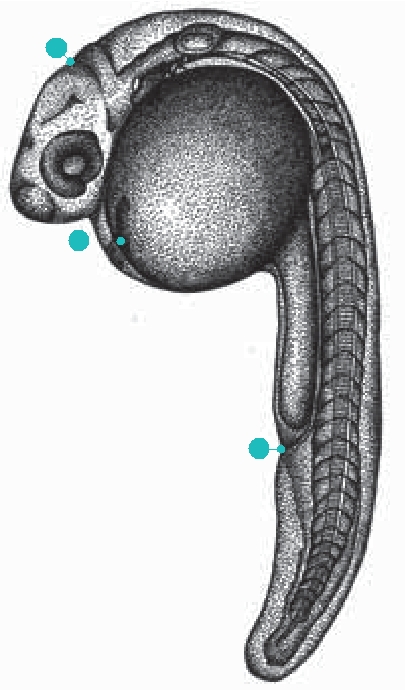
The embryo continues to develop, and the head and tail begin to straighten out. The fins begin to form.
B: Central nervous system: first neural circuits are forming
C: Heart: now visible, begins to beat increasingly prominetly
D: Digestive tract: differentiating
4. Early larval period (From 72 hours)
The larva can actively move its jaws, fins and eyes, and demonstrates food-seeking and active avoidance behaviour. At 5 days, it has acquired a set of reproducible behaviours, which researchers can use to explore the genetic networks controlling behaviours.
E: Swim bladder: inflates, allowing the larva to begin swimming around

F:Mouth: continues to protrude
5. Adult (From 3–4 months)
The zebrafish is now sexually mature and able to generate new o spring. Researchers can then see the e ects of genes in further generations. Up to 6 cm in length.

Source: Wellcome News Download issue 68 [PDF 7.06MB]

